If you have a skylight that is leaking, there are some things you can do to stop the water from coming in. In this article, we will share how to stop a skylight from leaking. We will also provide you with a few solutions if the problem cannot be fixed. So, if your skylight is leaking, keep reading for some helpful advice.
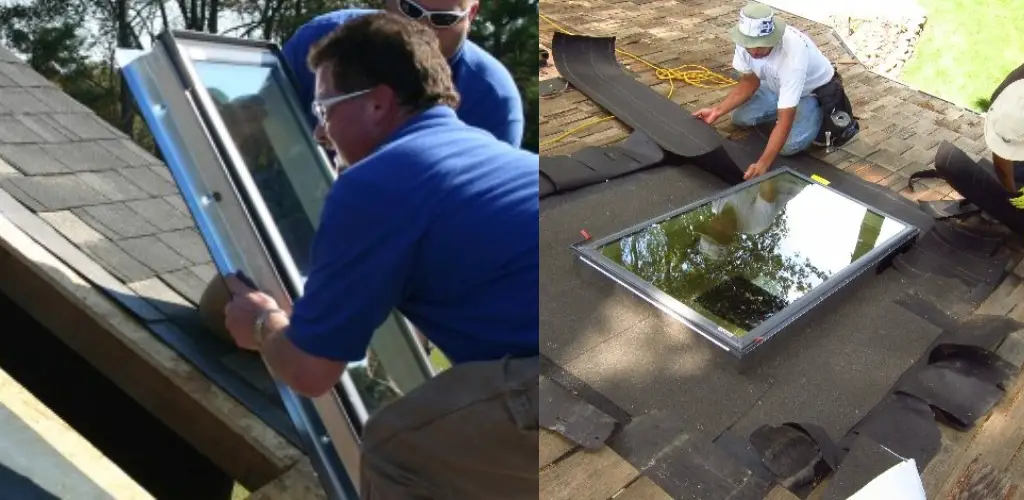
Many skylights are designed with a built-in drainage system that helps to keep the water from coming in. However, if your skylight does not have this feature, or if it is not working correctly, there are a few things you can do to stop the leak. It is important to remember that you should never try to seal the skylight from the outside. This can cause more damage and may void your warranty.
Summary: There are a few things you can do to stop a skylight from leaking: 1. Check the seal around the window and skylight. 2. Clean the area around the window and skylight. 3. Apply a sealant to the window and skylight.
What Causes a Skylight Leak?
A skylight leak is often caused by one of three things: improper installation, faulty seals, or damage to the skylight itself.
Improper Installation
One of the most common causes of skylight leaks is improper installation. If a skylight is not installed correctly, it can leave gaps and cracks around the edges that allow water to seep in. Ensure that your skylight is installed by a qualified professional to help avoid this problem.
Damaged Flashing
A skylight can leak for a number of reasons, but one common cause is damaged flashing. Flashing is the material used to seal the edges of the skylight to the roof, and over time it can become corroded or cracked, allowing water to leak through. Inspect your flashing regularly and have it replaced if necessary.
Faulty Seals
One of the main causes of leaks in skylights is worn or damaged seals. Over time, the seals around the edge of the skylight can become weaker, letting water in. Inspect the seals regularly and replace them when needed to help prevent leaks.
Too High Humidity Inside the Home
Another potential cause of skylight leaks is too much humidity inside the home. If the air inside your home is too moist, it can cause condensation to form on the inside of the skylight, which can eventually lead to leaks. Using a dehumidifier can help reduce the amount of humidity in the air and prevent this problem.
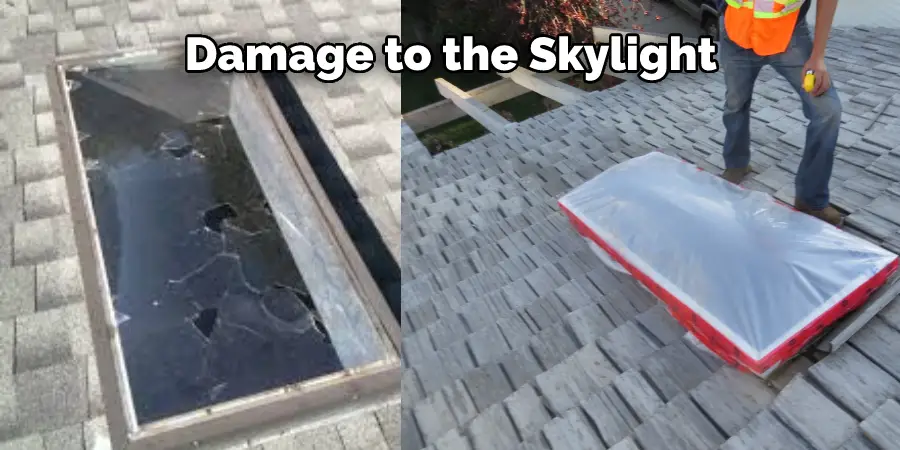
Damage to the Skylight
Lastly, damage to the skylight itself can also cause leaks. hail, falling branches, and other objects can damage the glass or plastic surface of the skylight, creating cracks and holes that allow water to enter. Inspect your skylight regularly for signs of damage and have any repairs made as soon as possible to avoid leaks.
What You’ll Need:
- -Tape measure
- Ladder
- Caulk gun
- Caulk
- Patching compound
- Putty knife
- Stiff brush
- Rags
- Rubbing alcohol
A Step by Step Guide on How to Stop a Skylight From Leaking
Step 1: Determine the Source of the Leak
The first step is to determine the source of the leak. If water is dripping from around the edges of the skylight, then the problem is most likely with the sealant. However, if water is coming in through cracks or holes in the skylight itself, the problem is with the skylight itself, and you will need to replace it.
Step 2: Inspect the Sealant
If the problem is with the sealant, you will need to remove all of the old sealants and apply a new sealant. Use a ladder to reach the skylight and inspect the sealant to do this. If there are any cracks or gaps in the sealant, use a putty knife to scrape away the old sealants.
Step 3: Apply New Sealant
Once all of the old sealants have been removed, apply a new sealant to the skylight. Use a caulk gun to apply the sealant, and make sure that you smooth it out so that there are no gaps or cracks.
Step 4: Inspect the Flashing
If the problem is with the flashing, you will need to remove the old flashing and apply new flashing. To do this, use a ladder to reach the skylight and inspect the flashing. If there are any cracks or gaps in the flashing, use a putty knife to scrape away the old sealants.
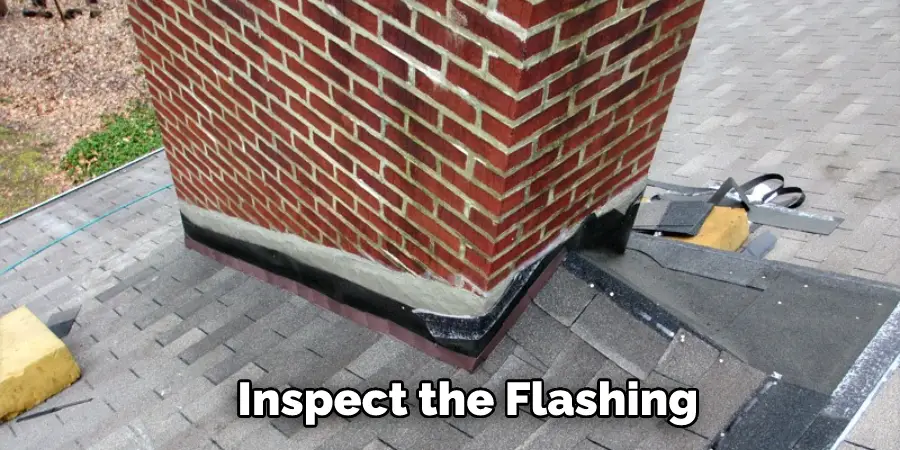
Step 5: Apply New Flashing
Once all the old flashings have been removed, apply new flashing to the skylight. Use a caulk gun to apply the sealant, and make sure that you smooth it out so that there are no gaps or cracks.
Step 6: Inspect for Leaks
Once you have applied new sealant or flashing, inspect the skylight for leaks. If you find any leaks, repeat steps 2-5 until the skylight is no longer leaking.
Step 7: Clean Up
Once the skylight is no longer leaking, clean up any caulking or sealant that has been applied. Use a stiff brush and rubbing alcohol to remove any caulking or sealant from the glass.
Step 8: Replace the Flashing
If the flashing is old or damaged, it might be time to replace it.
Remove the old flashing. You’ll need to do this carefully, so you don’t damage the shingles around the skylight. Use a putty knife or similar tool to loosen the edges of the flashing, then gently pry it up.
Clean up any old sealant or caulk around the edges of the skylight opening. Next, cut the new flashing to size. You’ll want it to be slightly larger than the opening so there’s room to seal it in place.
Install the new flashing. Place it over the skylight opening and secure it with nails or screws. Ensure the nails are long enough to go through the flashing and into the roof decking beneath.
Seal the edges of the flashing with caulk or sealant. This will help keep water from getting under the flashing and into your skylight.
Step 9: Replace the Weather Seals
If your skylight’s glass is cracked or damaged, you’ll need to replace it. To do this, start by removing the old glass. Be careful not to damage the frame as you do this. Use a putty knife or similar tool to loosen the edges of the glass, then gently pry it out.
Next, clean the frame and surrounding area to ensure that the new sealant adheres appropriately. Once the area is clean, apply a bead of silicone caulk or another type of sealant around the perimeter of the frame.
Carefully place the new piece of glass into the frame and press it into place. Be sure to wipe away any excess sealant before it dries. Allow the sealant to cure for 24 hours before proceeding to the next step.
Step 10: Replace the Skylight Itself
If the above steps haven’t worked to stop your skylight from leaking, then it’s time to replace the skylight itself. First, you’ll need to purchase a new skylight and follow the installation instructions that come with it. Your leaking problem should be solved once the new skylight is in place!
If you have any questions or concerns during this process, consult a professional for help.
With these ten steps, you know how to stop a skylight from leaking. Be sure to take action right away if you notice any leaks to prevent further damage to your home.
You Can Check It Out to Stop Condensation on Skylights
How to Prevent Leakage From a Skylight
Proper Ventilation Inside the Home
The most common cause of a skylight leaking is improper ventilation inside the home. When the air inside the home is warmer than the air outside, it causes the warm air to rise and escape through the skylight. This can create condensation on the inside of the skylight, which can eventually lead to leaks. Ensure that your home is properly ventilated to prevent this from happening. You can do this by opening windows and doors when possible, using fans, and ensuring that your HVAC system is working properly.
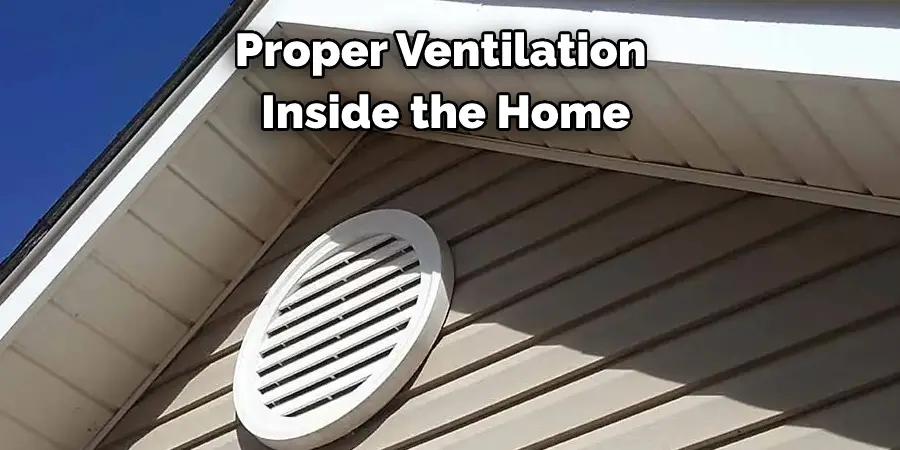
Maintenance and Inspections
It is essential to have your skylight regularly inspected and maintained to prevent leakage.
If you live in an area with many trees, your skylight may be more susceptible to leaks due to falling leaves and branches. Be sure to clear away any debris that could clog up your skylight or cause damage to the sealant around it.
It’s also a good idea to periodically check the sealant around your skylight to make sure it is still in good condition. If you notice any cracks or gaps, you must reseal the skylight.
Use a Quality Sealant
When sealing your skylight, be sure to use a high-quality sealant designed for use on glass.
There are many different types of sealants on the market, so it’s essential to choose one compatible with your skylight material.
Applying a quality sealant will create a barrier that will prevent water from seeping in and causing leaks.
Install a Gutter System
If you have a gutter system installed around your skylight, this can help to prevent leakage by redirecting water away from the skylight.
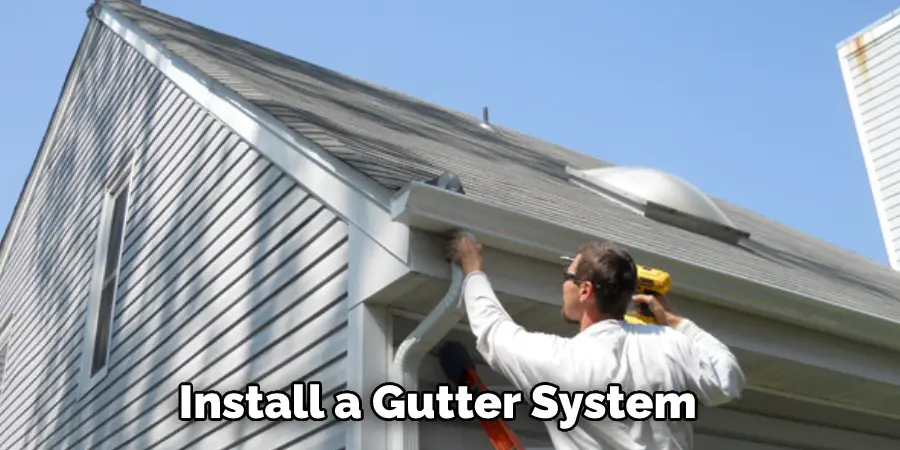
Gutter systems can be purchased at most home improvement stores and are relatively easy to install.
If you live in an area with heavy rainfall, installing a gutter system is excellent.
Frequently Asked Questions
Why does my skylight leak in heavy rain?
Skylights are designed to let in light and allow natural sunlight into a building. However, if they are not properly sealed, heavy rain can cause water to seep in and cause the skylight to leak. To prevent this from happening, it is important to regularly check your skylight for any signs of water damage and seal any cracks or gaps that may exist.
How do you temporarily stop a skylight from leaking?
To temporarily stop a skylight from leaking, you will need to seal the crack or hole in the roof using a sealant. Sealant can be applied using a brush, sprayer, or caulking gun, and it will help to prevent water and debris from entering the skylight and causing damage. Once the sealant has been applied, you should wait until it has dried completely before returning to the skylight.
Does Flex Seal work on skylights?
Flex Seal is not intended to be used on skylights. The product is designed for use on windows, doors, and other surfaces that can be sealed using a pressure-sensitive adhesive. Skylights are not typically sealed with a pressure-sensitive adhesive, and therefore the Flex Seal product would not be effective in sealing them.The most common place for a skylight to leak is the roof, followed by the skylight itself. Leaks can occur due to a variety of factors, such as weather damage, poor installation, or improper maintenance. To minimize the risk of leaks, it is important to keep skylights well-maintained and installed properly. If you notice any water or moisture coming into your home through a skylight, contact a professional immediately to assess the situation and recommend any necessary repairs or replacements.
Conclusion:
If your skylight is leaking, don’t panic! There are a few things you can do to stop the leaks. First, check to see if your skylight needs to be resealed. Simply clean the area around the skylight and apply a new bead of caulking if it does. You may also need to replace the flashing around the skylight. Finally, if your skylight is still leaking after resealing and replacing the flashing, you may need to replace the entire unit. We hope this article has helped you learn how to stop a skylight from leaking.